
Horse Locomotion And Soundness – Long Toe, Low Heel
Welcome to this topic page. Right now I have not written an article and summary but be sure to check for images in the gallery.
As time moves on I am adding summaries and articles, videos and podcasts so eventually there will be something on every topic. Please be patient but if you are impatient, please contact me to encourage me to work on a specific topic. Go to the forum for “New Content Requests” and I’ll get right on it. Thanks for visiting this topic page. Doc T
**CONTINUED IN ARTICLE TAB**
Related material – Sometimes I have a lot of material here that I have written, podcasted, video blogs and other things. They will be listed in this tab.
Use the browser back button or menu to return to the index of topics.
⬇︎ CLICK ANY IMAGE BELOW TO REVEAL MORE INFORMATION ⬇︎
I have not written an article for this topic but be sure to check the captions of the images below.
As time moves on I am adding articles, videos and podcasts so eventually there will be something on every topic. Please be patient but if you are impatient, please contact me to encourage me to work on a specific topic. Go to the forum for “New Content Requests” and I’ll get right on it. Thanks for visiting this topic page. Doc T
A demonstration of long toe, low heel.
An hour long presentation on long toe, low heel.
- Additional tables
- Links to other in house articles
- Links to outside articles
- Reference material used in developing this topic.
There are no related articles here if you don’t see linked items.





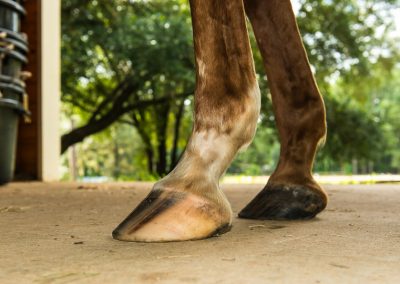


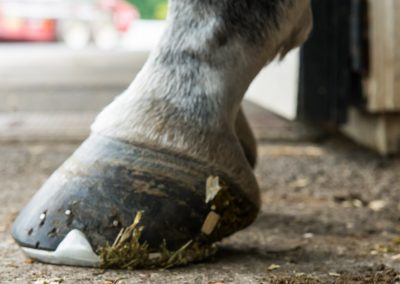
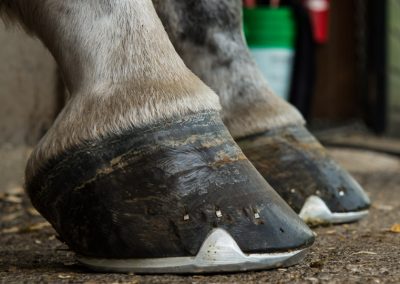
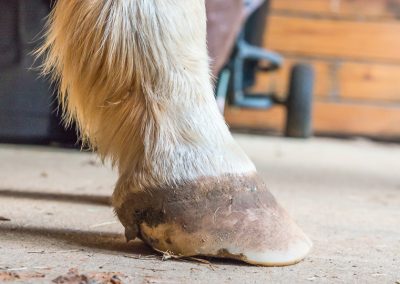
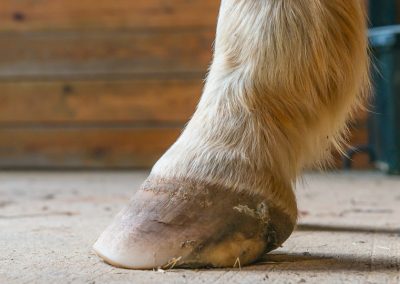
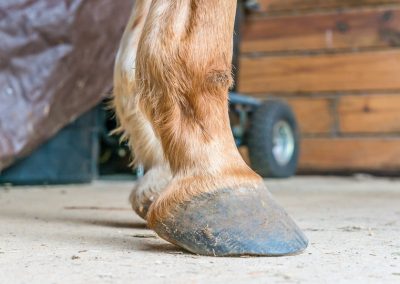
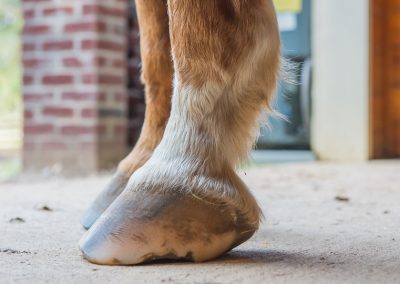
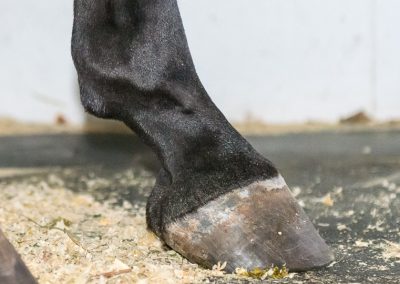

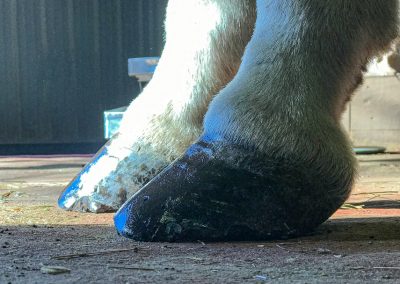
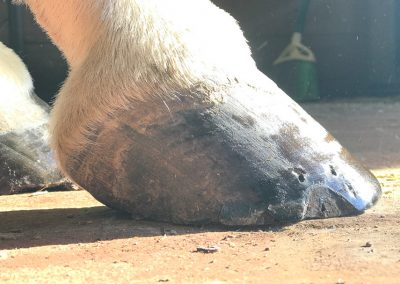
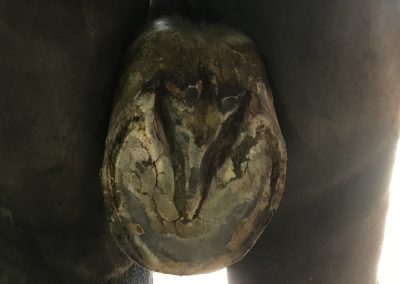
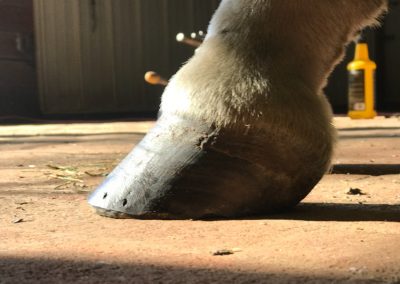
This is certainly a very interesting subject indeed.Prolonged long toe and low heel can also result in the tubials being crushed in the heels as well.The horse may often need to use frog supported pads because now the frog needs to be engaged to eleviate some of the stress load.Many gaited performance horses such as thorougggbreds and standardbreds derive about 75% of their power from the stifle muscle area and so with a long toe low heel,it will often delay and extend the breakover point of the horse.This can lead to other problems such as a horse encuring the effects of run down.Many related problems to run can occur,damage to the digital cushion,distal sesamoid bone(navicular bone),middle and superficial sesamoidian ligaments and others.Some horses have a slight paddling gait or a pass by gait and as such when landing their feet they often land slightly on the inside of their foot first,so it is my opinuion only to ensure that a horse´s feet receive regular checking for balance as well.